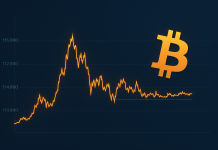[ad_1]
On Oct. 10, Blockstream revealed that the company’s new product, Liquid, generated its first block on Sept. 27 and noted that a lot of the crypto-economy’s “biggest players” participated. Since Blockstream announced the launch of its federated sidechain, the technology has been praised by some and dismissed by others.
Also read: BCH Devcon Streamlines Bitcoin Innovation in San Francisco
The Liquid Launch Makes a Wave
After recently introducing Blockstream Satellite, a network that broadcasts the Bitcoin Core (BTC) blockchain from space, the firm’s long-awaited Liquid technology has been launched. The project has been under development for years and has been introduced to the public as “the world’s first production Bitcoin sidechain.” Since the initial announcement, many individuals within the cryptocurrency community have been debating the legitimacy of the technology on forums and social media.
L-BTC can only be unlocked on the Liquid #sidechain when #BTC is locked up on the #Bitcoin #blockchain. The 2-way peg between $BTC and $LBTC is enforced cryptographically by #LiquidNetwork federation members. ⛓️🌊 pic.twitter.com/c57qisz48c
— Blockstream (@Blockstream) October 13, 2018
Liquid is a sidechain, which means it’s a separate blockchain that’s interoperable with the BTC network. The Liquid protocol is essentially a centralized system, but considered acceptable by some because it uses a method of consensus called ‘federated distribution.’ According to the whitepaper, the chain is supposed to facilitate large amounts of BTC transfers offchain in the form of L-BTC, Liquid’s native 2-way peg token. On Twitter, the tech researcher Lucas Nuzzi said people should not underestimate Blockstream’s Liquid sidechain launch and called it a “big deal.” However, in the same statement, Nuzzi explained that federated consensus “doesn’t sound appealing, but it’s a start.”
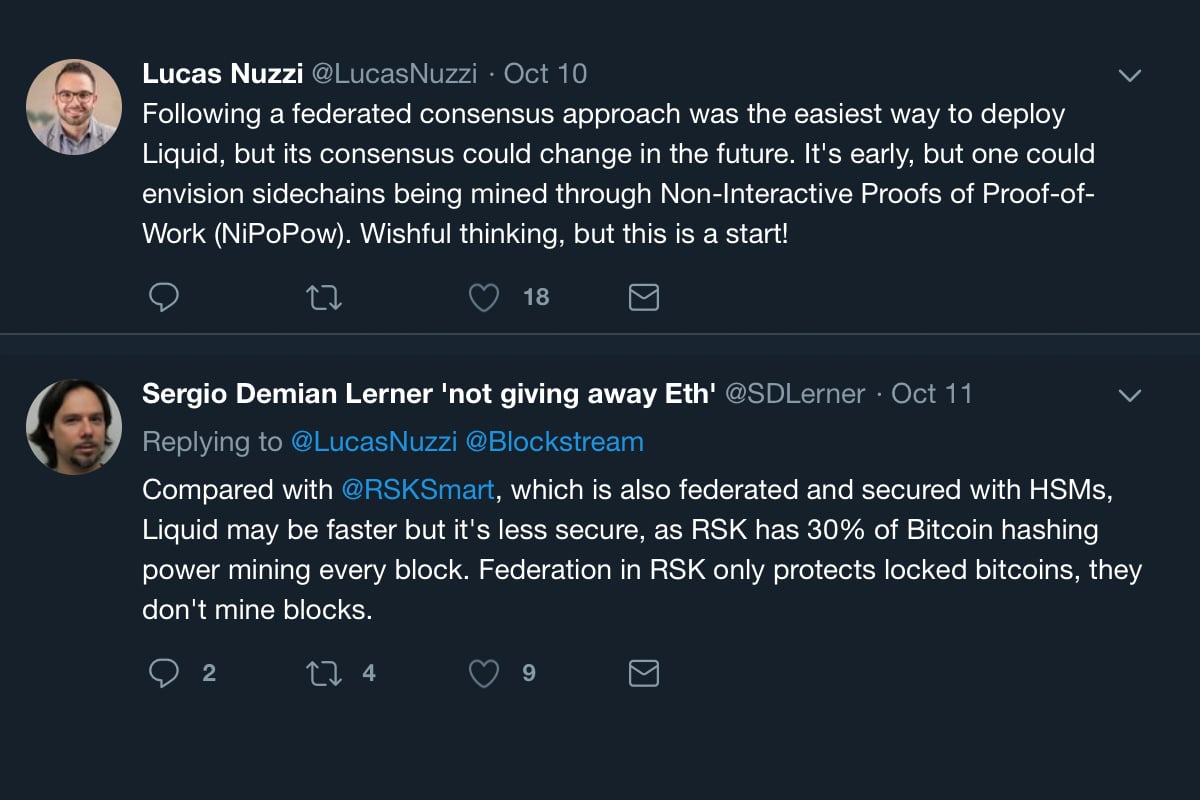
Trusting a Federation Over Nakamoto Consensus
Even though some truly believe Liquid is a “big deal,” there are many that think the project is no good and introduces security problems with the pegging itself being called into question. Former Bitcoin Foundation member and tech investor Olivier Janssens believes that crippling the BTC chain was Blockstream’s original intent and Liquid is the for-profit sidechain solution.
“How long will it take before Blockstream’s “Liquid Bitcoin” L-BTC user wallet is created?” Janssens asks on Twitter. “Near-instant confirmations, low and no fees — Nothing like the crippled Bitcoin mainchain that suffers high fees, big delays, etc — All of the above created and brought to you by Blockstream.”
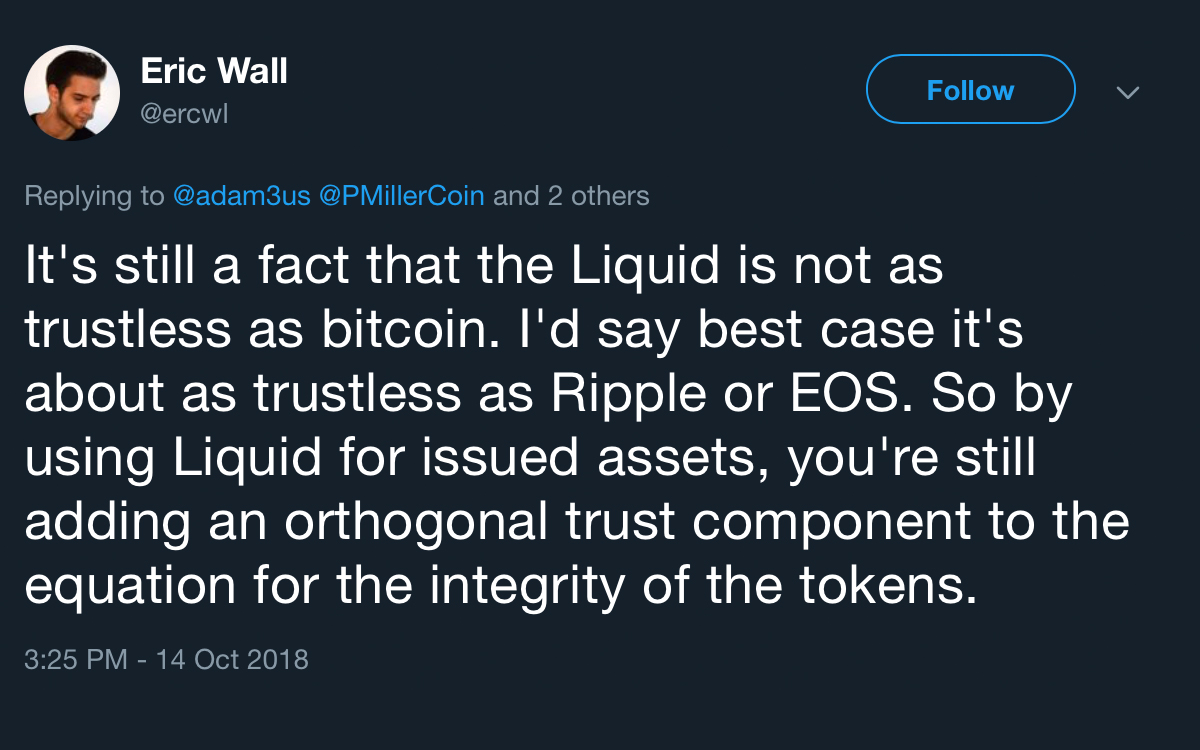
Additionally, several people have compared Liquid to Stellar, Ripple, or the EOS network. In these types of systems, chain management can be considered ‘permissioned’ by things called payment ‘gateways’ and ‘block producers.’ Blockstream spokesperson Samson Mow responded to this claim by explaining that there is “no comparison between Liquid and Ripple or EOS.” Yet from what we know, Liquid claims to use a ‘trusted’ federation that utilizes multi-signature technology that is still subject to flaws. This means the product is susceptible to the federation being compromised because Liquid can never be a trustless model. Funds could be stolen in the Liquid system or, worse, inflation could be created with fractional reserve concepts appearing.

People who believe in Liquid assume they can trust a federation of 23 exchanges running the hardware and software. However, exchanges are extremely prone to hacks and being compromised from the inside. Bitfinex for example, one of Liquid’s partner exchanges, was hacked back in 2016 and they are considered a trusted exchange for some. At the time of the hack, the exchange had also been using multi-signature technology. Another Liquid partner exchange, Zaif, was recently breached this year and lost funds as well.
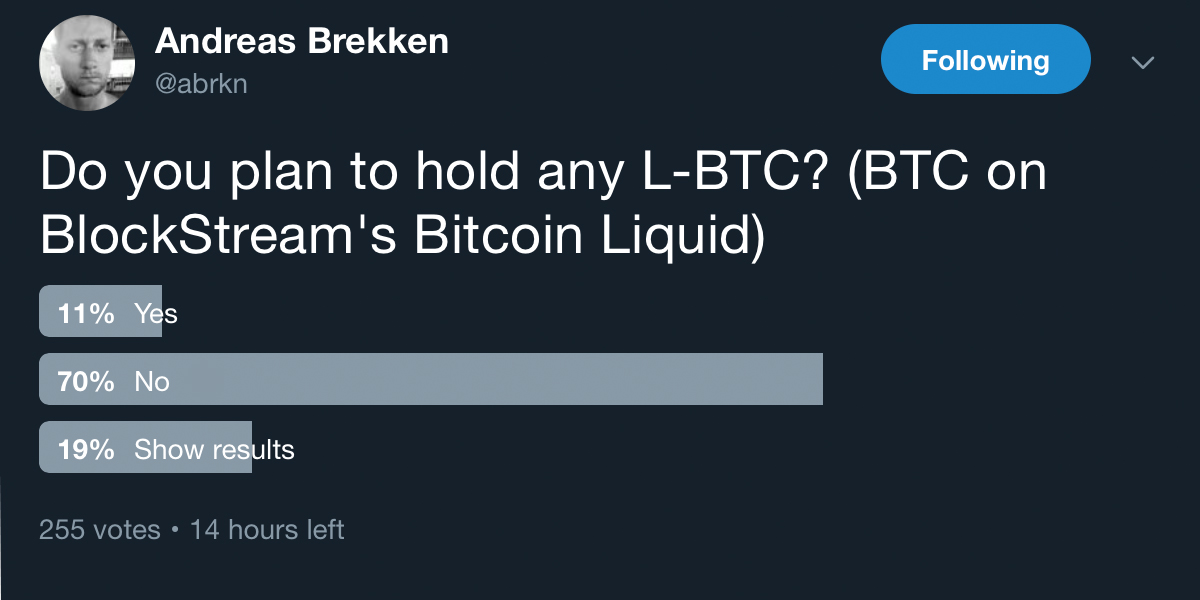
Repeating Past Mistakes
Another question raised is whether or not Liquid users will be subject to know-your-customer (KYC) laws or other privacy concerns. This is also due to the fact that the federation will consist of 23 exchanges from around the world with various regulations applied to them. Instead of dealing with a decentralized cryptocurrency like bitcoin, firms will be dealing with L-BTC which could be considered a security in some jurisdictions. For instance, the US Securities and Exchange Commission’s William Hinman recently said in his opinion decentralized projects are not considered securities, but centralized coins could be classified in that fashion. The implications of L-BTC being considered a security, KYC laws being applicable to exchange participants, and a new type of blockchain surveillance tool may be considered theoretical to some but very real to others.
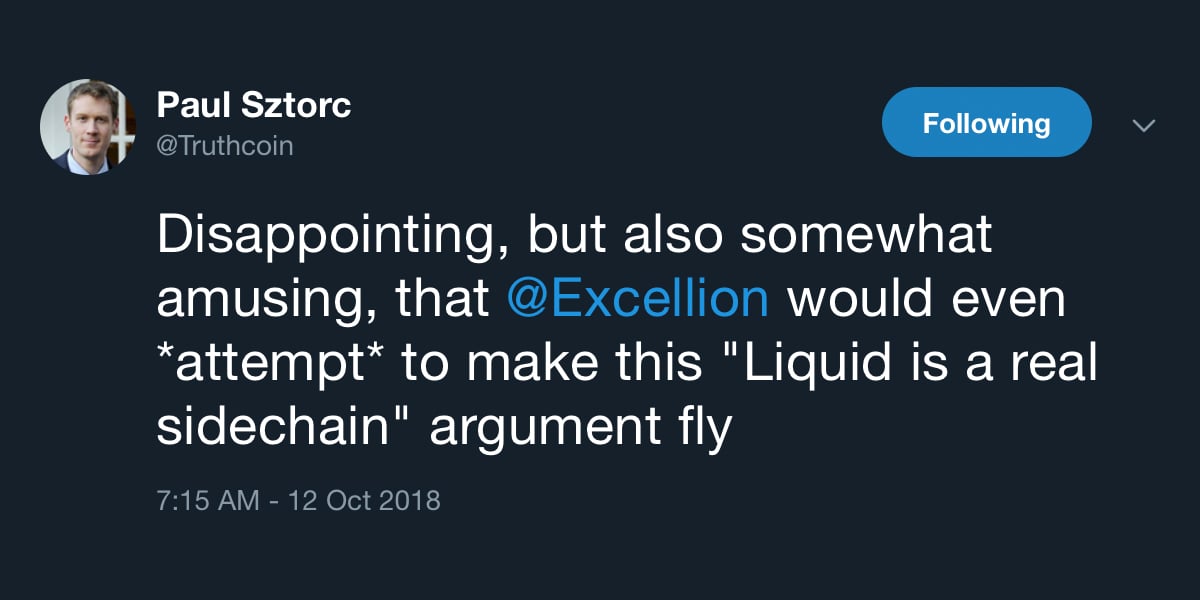
Frances Coppola, Forbes senior markets contributor, has denounced Blockstream for introducing an “oddly familiar” solution to liquidity. Coppola scoffs at the fact that the company has chosen to use “insecure cryptocurrency exchanges are the ‘trusted functionaries’ in Liquid.”
Coppola continues by emphasizing:
Instead of holding all your funds in one corrupt and hack-prone exchange, a bunch of corrupt and hack-prone exchanges will link themselves together so that it is much easier to move your funds from one corrupt and hack-prone exchange to another. This also makes it more likely that if one goes down, so do the rest. Didn’t the authors learn anything from 2008?
The discussion surrounding Liquid has been a hot topic over the last few days and the project will likely continue to be scrutinized. Another type of sidechain called the Drivechain protocol has been a topical conversation as well. This sidechain project is a concept being developed by Paul Sztorc and the system involves merge mining. Sztorc has also criticized the Liquid network’s current launch and recently called the project a “multi-sig Mt Gox idea.”
To many, the federated sidechain idea seems like a step back from moving towards trustless models, and into the realm of traditional finance again. However, one could say a lot has changed since the days when Bitcoin adoption was pushed to disintermediate the banking system and nation states. Nowadays, it seems that speculation is super important to a lot of people, and individuals and groups are begging nation states for permission and praying for a regulated exchange-traded fund. So it really isn’t that surprising that Liquid fits the needs of the status quo and removes Nakamoto consensus from the picture.
The Bitcoin community seems to be stuck in a ‘Bizarro World’ where everything is the opposite of what it ought to be. People have trusted Nakamoto consensus for close to ten years, only for a group of individuals to deem the system fallible (the miners are evil theory) and vehemently claim a centralized pegged blockchain protocol is a better solution.
What do you think about the Liquid project? Let us know what you think about this subject in the comments section below.
OP-ed disclaimer: This is an Op-ed article. The opinions expressed in this article are the author’s own. Bitcoin.com does not endorse nor support views, opinions or conclusions drawn in this post. Bitcoin.com is not responsible for or liable for any content, accuracy or quality within the Op-ed article. Readers should do their own due diligence before taking any actions related to the content. Bitcoin.com is not responsible, directly or indirectly, for any damage or loss caused or alleged to be caused by or in connection with the use of or reliance on any information in this Op-ed article.
Images Twitter, Shutterstock, and Pixabay.
At news.Bitcoin.com all comments containing links are automatically held up for moderation in the Disqus system. That means an editor has to take a look at the comment to approve it. This is due to the many, repetitive, spam and scam links people post under our articles. We do not censor any comment content based on politics or personal opinions. So, please be patient. Your comment will be published.
http://platform.twitter.com/widgets.js
[ad_2]
Source link



